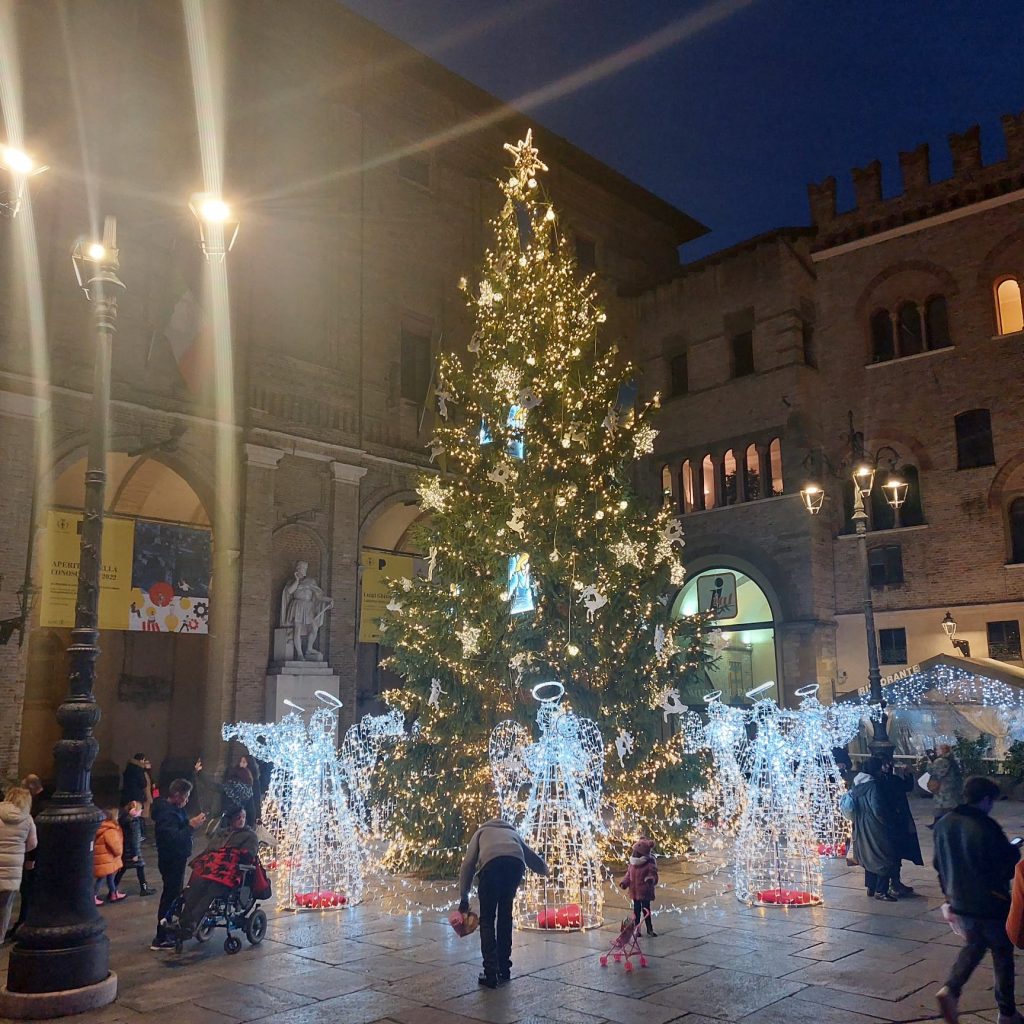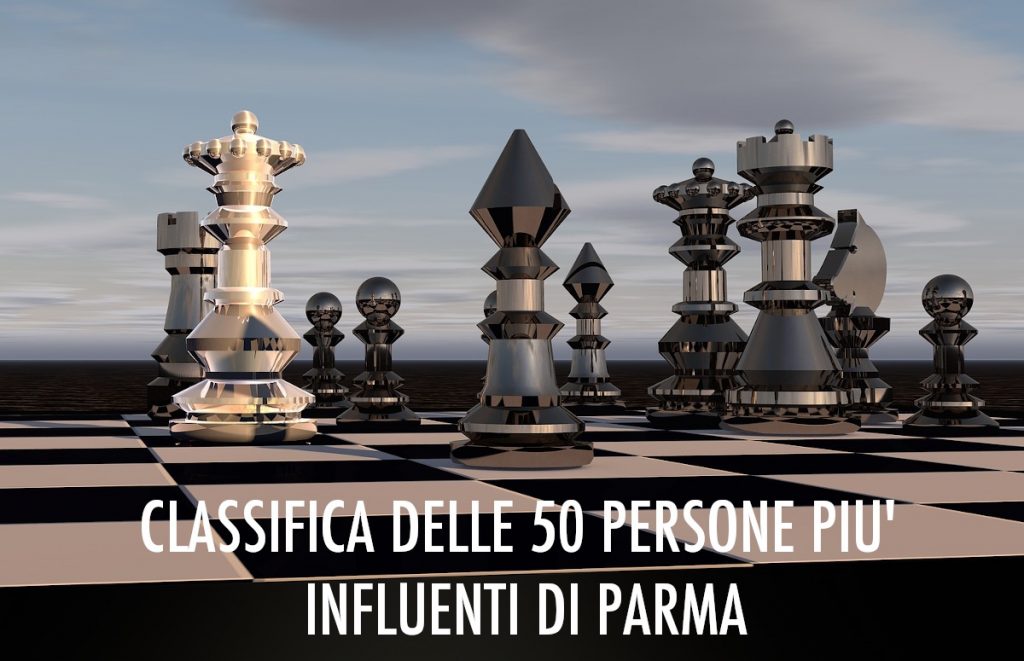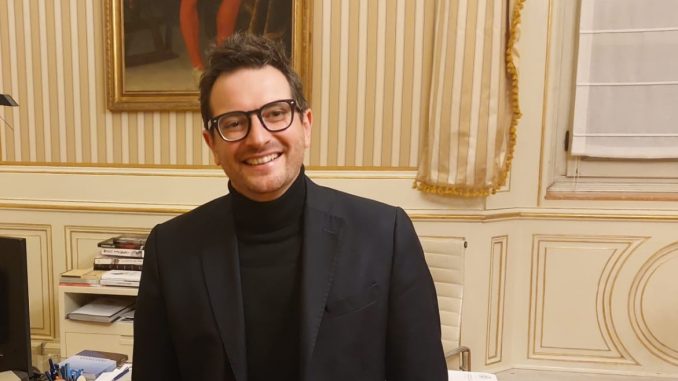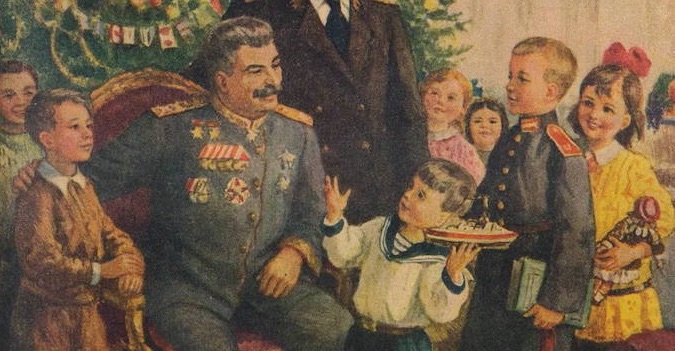Mayor, what is Christmas for you?
For me, Christmas is something connected to childhood memories, to parties in the house where my parents live today when all my grandparents and relatives were still around me. Mine was a small family which, however, in those days found itself together with enormous warmth.
Even today the image I have of Christmas is that of a child.
Christmas is a time that is linked to good feelings, and therefore sometimes risks being filled with rhetoric and being sticky. Growing up I tried to keep that external part of good feelings in the awareness of the contradictions that Christmas brings with it.
What Christmas is your first as mayor?
In these days I have gone through many different situations to exchange greetings, greetings, comparisons and gifts. I have seen the various Christmases in the city of Parma: the religious Christmas, the multicultural Christmas, the Christmas completely detached from faith and which lives only on holidays, that of the most needy and suffering people or of those who take the opportunity to reflect on what he has lost and would like to find again, of those who work, of those who volunteer.
The idea that stays with me remains that of a moment of reunification with the deepest foundation of our affections, which extends to the need to realize what and how many meanings Christmas really wants and must convey to us.
It is like a great metaphor of solidarity and community, which we would like to be able to extend to the whole year, a metaphor that works on the beauty of being together and stimulates us to understand that behind this construction of the party there are knots that we cannot hide and that on the contrary, Christmas should encourage us to keep it before our eyes.

What do the photos with dogs under the tree in Piazza Garibaldi have to do with the celebration of a Catholic holiday?
For that matter, the Christmas tree is also a pagan symbol. It is evident that Christmas starts from a very profound concept of nativity connected to the Catholic tradition, which is consubstantial with Italian identity, and for those who believe it is the moment of God’s incarnation in history.
Then it became a holiday that suspends the normal life of the Community, people don’t go to work, schools close, and pagan symbols such as the tree or Santa Claus slowly enter this path, in an overlapping of narratives and traditions on the religious theme . In addition, there are gifts and other more materialistic habits that surround the Christmas message, weaken its spirituality and gradually become a social custom as well. So there is a sociality of Christmas, which is no longer just religious, but hosts secular symbols and initiatives (very positive for me) such as that of the animals in Piazza Garibaldi you mentioned.
If today a person comes to the square under the Municipality, the secular place of the city government, finds the crib set up for some years by the Diocese, finds the little angels around the tree, the theatre, the choirs and the markets that are all part of that building social that Christmas has become. Which doesn’t shock me at all, it’s right that Catholics identify Christmas as an important moment from a spiritual point of view, and that non-believers experience it as a simpler suspension of everyday life and an opportunity to reunite with family affections. Christmas is the day of the nativity and of the family, of the “holy family” for those who believe and, in an evident shift, of our own families. We are caught up in a sort of secular sacredness that deep down each of us seeks.
Religion and politics: what relationship?
I remember a university professor of mine, one of the first I had and followed the most, Marzio Pieri, a great Italianist who taught for a long time in Parma and who at his first lesson in Italian literature made the premise that if one wanted to understand the tradition of Western literature you had to read the book from which all the stories sprang: the Bible.
I began to methodically read the entire Bible, from Genesis to the Apocalypse, evening after evening, both in a religious form, as I was of Catholic formation, and, as an atheist layman like Pieri suggested, as the grand plot of all the stories that have characterized the Western tradition. To this recommendation, Pieri united the etymological meaning of the word “religion”, which means “to keep together”. I always use the word “religion” with the idea of expressing a community that stands together, around something that unites. This makes many themes religious: the birth of Christ is religious, just like a political ideology can be religious, and I say this without fear of sounding blasphemous. So “political parishes” or “major political religions” exist, not in the sense that they follow a revelation, but because of the ideals they express, ideals that people believe in and with which they hold together.
The concept of religion broadens its scope, although in our country it has always been understood solely as the Catholic religion, which is our great identity. People more important than me have said it: Italy cannot fail to call itself Catholic. Even those who don’t believe are evidently part of a path that finds something very significant in this root.
Andrea Marsiletti



